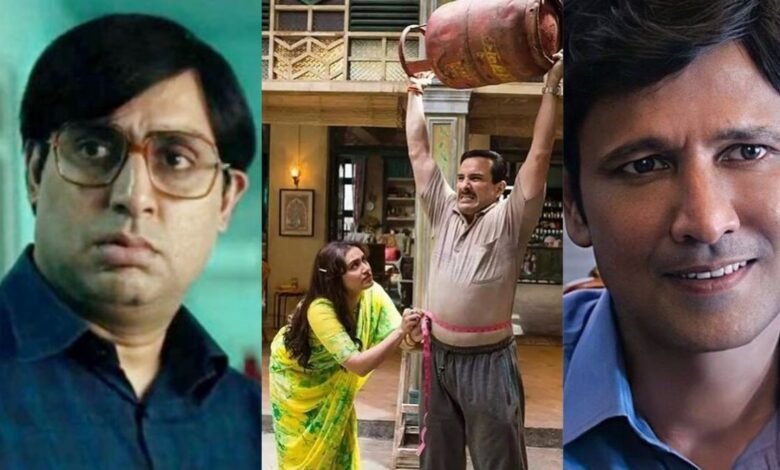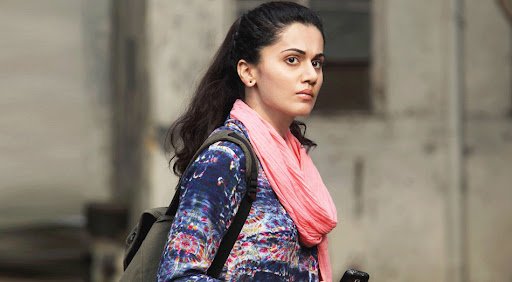
In the modern Indian movie business, the burden of making more successful spin-offs, prequels and sequels have mostly contributed to its current stature
Though it is captivating and revenue-generating, spin-offs, prequels and sequels have often missed the audience appreciation. The year 2021 has witnessed a lot of yesteryear’s blockbuster movies announcing and releasing their spin-off, prequel and sequel.
However, movie fanatics have come out of the theatre disappointed. A recent example is Bunty Aur Babli 2. After COVID-19 halted shoots and promotions of new movies, filmmakers have now decided to spur a line of sequels and prequels of their own blockbusters.
The trend of making spin-offs, sequels and prequels is not new. Bollywood’s relationship with this method of movie-making saw its peak after Sholay became a cult blockbuster.
The art of spin-offs, prequels and sequels
Before plunging into the history of Indian spin-offs, prequels and sequels, let’s understand these terms. Spin-offs are intentionally written on a hit character of a blockbuster movie, transporting that particular character to a new plot that usually tells the backstory. The latest example is Special Ops 1.5, released in Disney+ Hotstar.
A sequel is based on a core story of a movie. It carries the story forward. A recent example of a prequel is Bunty Aur Babli 2. While prequel stands opposite to sequel as it narrates a backstory of a hit movie.
The most interesting affair with the trio term began in 1961 when director Hrishikesh Mukherjee made Mem Didi. The movie focused on a Christian character, similar to Mrs D’Sa in his 1959 movie, Anari. Both the roles were played by Lalita Pawar. Mukherjee repeated the same character in his 1971 cult movie, Anand.
In 1965, IS Johar released Johar Mehmood in Goa, which he later used for a spin-off, Johar in Kashmir. He later directed Johar in Bombay and Mera Naam Johar before the sequel — Johar Mehmood in Hong Kong — in 1971.
The hit movie Sholay also had several spin-offs with stories based on the lead characters, but none could match the mother movie.
The famous villain in Bindiya Aur Bandook, Ranga, played by Joginder, also has a spin-off. Taking the cue from the success of his character and dialogue, ‘Ranga Khush’, Joginder directed and produced himself in the same evil role in the 1975 movie, Ranga Khush.
Neeraj Pandey: The modern man of spin-offs, prequels and sequels
Indian movie director Neeraj Pandey has first re-introduced the concept of spin-offs, prequels and sequels with Naam Shabana (starting Tapaasee Pannu) in 2017. Directed by Shivam Nair, Pannu played the lead role, Shabana, based on a famous character from Pandey’s blockbuster Baby in 2015.

Pandey also tried his hand in telling his audience about the back story of famous Himmat Singh in Special Ops. Special Ops 1.5 reveals the backstory of Singh but fails to make an impressive mark. The recent adventure with spin-offs, prequels and sequels in Bunty Aur Babli 2 and Bob Biswas have also failed to put a show.
The reason for the fail: Overdo and forceful sequels
It is no surprise that the Indian audience loves masaladar stories. But the real art lies in finding the balance between the reality and level spice in a movie story. More so, if it is a spin-off, prequels and sequels as people already have an idea about the storyline.
The classic example for these is Race 3, starring Salman Khan. The heat of the spice and bolly’s unrealistic action sequences has snatched the real spark of the franchise. It is a little hard to accept Salman Khan firing a rocket launcher with just one hand.
Forceful sequels: Some movies are just good on their own. They don’t need any sequel or prequel to the story. The idea of prior association with the movie or its title makes the producers or directors forget about the elasticity of the original plot. It is most common in Bollywood’s comedy genre.
Examples are plenty like Welcome Back, Housefull 3 and many more, enough to write a spin-off article about them. It is no offence to say that Housefull 3 was a racist, sexist movie that forced its audience to laugh. Similarly, Welcome Back starred John Abraham as the stepson of Dr Ghoonguroo, played by Paresh Rawal. The previous film had no idea about this twist in the new movie.
Changing to big stars and forgetting the nitty-gritty can cost big
If someone has followed the list of sequels released in the last few years, they might have noticed that in most of them, the lead characters are replaced by new ones who are more famous among the audience. It signifies the importance of the money factor in a movie that often comes at the cost of the plot.
The most classic tale confirming the aforesaid allegation is Bob Biswas, a spin-off of Kahani’s famous serial killer, Bob Biswas. The makers decided to change the evergreen actor Saswata Chatterjee to Bachchan junior. But did not give him the supporting props and characters and asked him to play the role without any proper brief. Despite the spin-off based in Kolkata, the greed to reach a wider audience has eliminated the Bengali essence in the movie.
Not only Bob Biswas, movies like Jolly LLB 2, Raaz 3 also could not let go of their greed to rope in more popular faces at the cost of the story and dramatise them to hide the effect of less astounding stories.
Sometimes power-packed performance by the same actor, but a blurry screenplay can also cost the movie. Naam Shabana is one such example. The predictable thrilling escapades and edge–of–the–seat suspense has ruined the overall magic of the spin-off. The attempt to try and fit everything in just one bottle has made it a little too much for audiences to grasp everything in the allotted screen-time.
In conclusion, it is wrong to say that India can’t make a spin-off or sequel, but the pressure to make an equal hit, if not more, cost the movies and their storytelling. All of them cited above are the victim of this practical yet not-so-noble (in terms of creativity) thought.

